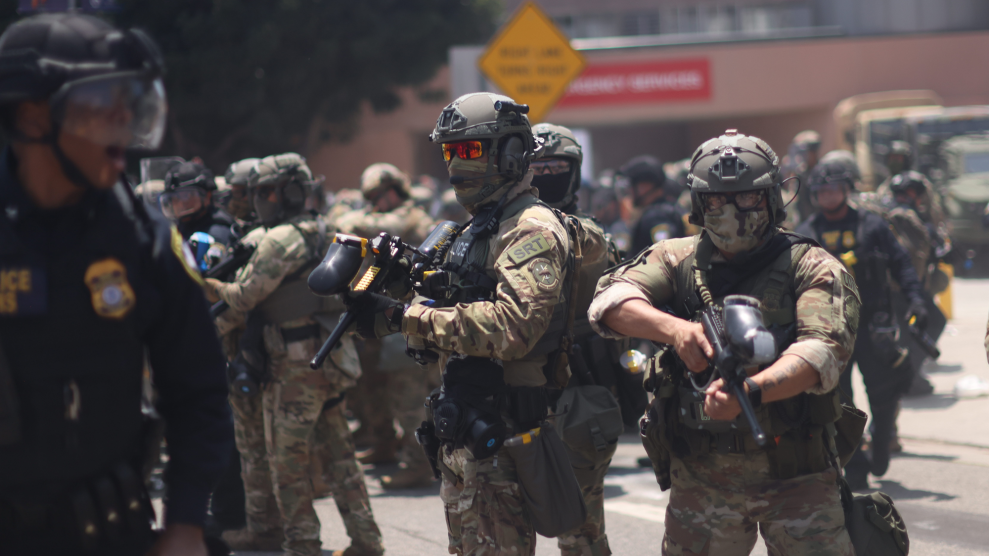 Glock’s “superior firepower” clipThe Tucson shooter’s killing frenzy finally came to an end on Saturday after he allegedly emptied his semi-automatic Glock handgun of its 31 bullets. According to witness reports, as he was changing the clip, a wounded woman tried to grab the gun from him. His next shot jammed before two men wrestled him to the ground.
Glock’s “superior firepower” clipThe Tucson shooter’s killing frenzy finally came to an end on Saturday after he allegedly emptied his semi-automatic Glock handgun of its 31 bullets. According to witness reports, as he was changing the clip, a wounded woman tried to grab the gun from him. His next shot jammed before two men wrestled him to the ground.
Before 2004, when the Federal Assault Weapons Ban expired, the shooter never would have been able to get off so many shots before pausing to reload. The ban, enacted in 1994 in the wake of mass killings in San Francisco and Waco, limited gun magazines to a maximum of ten rounds. Assuming that the shooter would’ve achieved the same hit ratio with the smaller clip, he would have shot six people and maybe killed one or two instead of shooting 20 and killing half a dozen.
“If he was restricted to a 10-round magazine, lives could have been saved,” says Daniel Vice, a senior attorney with the Brady Campaign to Prevent Gun Violence. According to a 2004 study (PDF) by the University of Pennsylvania’s Jerry Lee Center of Criminology, “attacks with semiautomatics—including assault weapons and other semiautomatics equipped with large capacity magazines—result in more shots fired, more persons hit, and more wounds inflicted per victim than to attacks with other firearms.”
The Brady Campaign is supporting a new bill by Carolyn McCarthy (D-NY) that would renew the Assault Weapons Ban, a Democratic priority that the Obama administration had essentially abandoned.
Of course, a renewed ban will do little to get rid of the thousands of high-capacity clips already in circulation. While seven states and the District of Columbia ban clips of the sort Jared Loughner allegedly used, they’re widely available in Arizona gun stores and enthusiastically marketed by gun makers. As the Glock website puts it: “Compact and subcompact GLOCK pistol model magazines can be loaded with a convincing number of rounds.”
Read our exclusive interview with a friend of the alleged shooter, Jared Lee Loughner, who describes Loughner’s family, bizarre dream journal, and his obsession with Rep. Giffords. Full coverage of the shooting and its aftermath is here. Front page image courtesy of Joe Holst/Flickr.
















